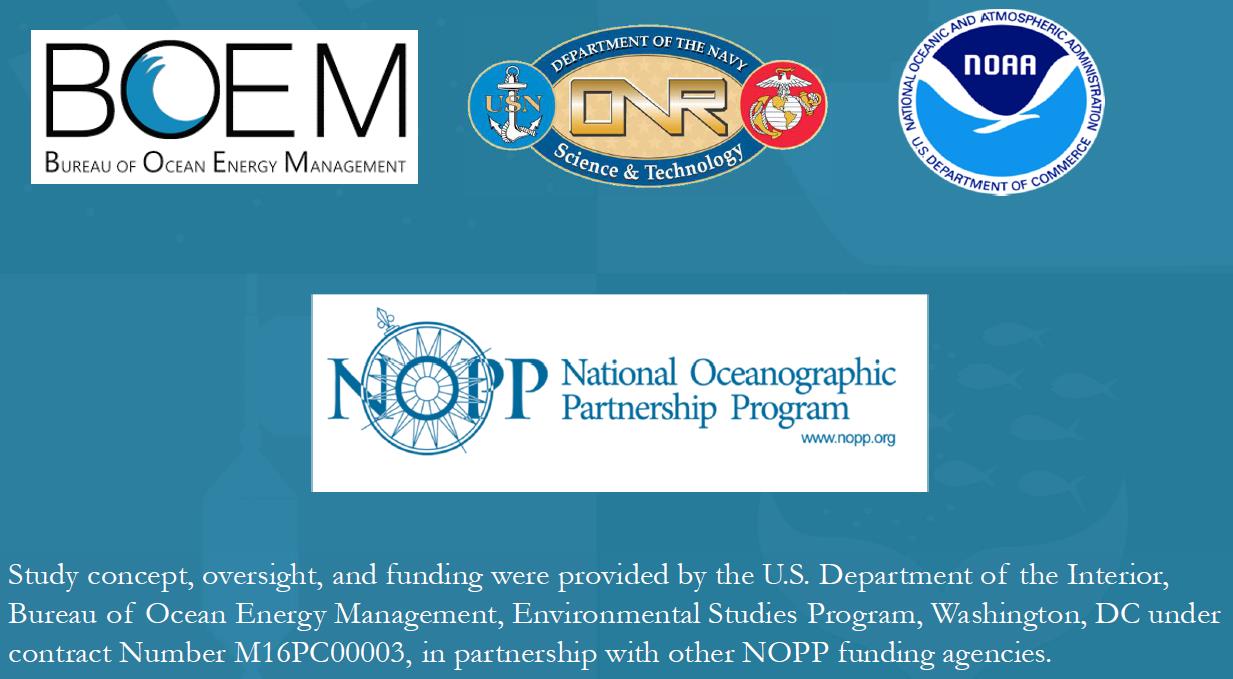Written by Brandyn Lucca, graduate student at Stony Brook University, New York.
Close your eyes and picture the bottom of the ocean. What do you see? Is there a cornucopia of oddities and alien life that you’ve never see at the surface? Or do you see vast stretches of barren sand—devoid of life—which one could aptly describe as a moonscape? I can hear it now: “But Brandyn, it completely depends on where you are and at what depth!” That is true; however, unless we can filter every liter of water in the ocean, how can we discern the many biological differences at different depths around the world?
As has been covered in this blog already, we can use active acoustics to indirectly sample a good proportion of the water column. But how do we know if all the blips and blobs are schools of fish, gas bubbles, or Elvis in his top-secret submarine? This is where ground-truthing becomes critical. We can use methods such as net trawls to capture animals and underwater cameras to visually observe what’s down there.
Since we do many CTDs (a series of instruments that collect conductivity-temperature-depth data, among many other variables like dissolved oxygen, from the water column), we thought it was a perfect opportunity to strap a camera to the rosette and see what the bottom looks like!
Unsurprisingly, the bottom currents were very fast which resulted in animals appearing as elongated “streaks” due to our camera’s shutter speed. Even so, at least you can see what is (or isn’t on the bottom, Elvis conspiracy theories aside).

|

|


